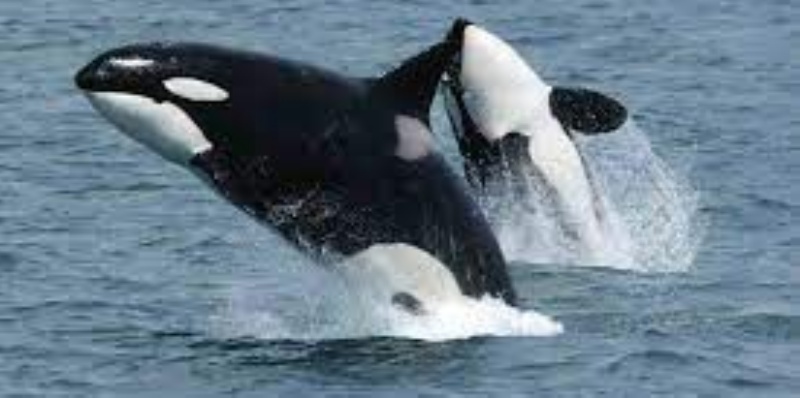Review of Humpback whales interfering when mammal-eating killer whales attack other species: Mobbing behaviour and interspecific altruism?

Links to article:
https://onlinelibrary.wiley.com/doi/10.1111/mms.12343
https://www.scienceopen.com/document?vid=62a2aa9e-39f5-4e0f-8f9d-1a472756a876
This article discusses the phenomenon of Humpback whales interfering with and possibly attempting to prevent the predation of killer whales on other marine species, some of which were also humpbacks but the majority of which were other cetaceans, pinnipeds and a few species of fish.
One of the first distinctions the paper seeks to make is separating killer whales into 2 ecotypes: mammal-eating killer whales (MEKWs) and fish-eating killer whales (FEKWs). I think that this is very important as the vast majority of interactions between the 2 species the paper is centred around involve MEKWs and there are very few instances of aggression between the 2 species when there are FEKWs involved instead of their mammal-eating counterparts with 1 observer even stating that the humpbacks and FEKWs travelled together for a short distance.
The main conclusion the paper aims to draw is that humpback whales will respond to MEKW vocalisations during a hunt and quite often will go to investigate what is happening. The paper hastily brushes away the idea that the humpbacks were participating in the kill as in spite of several eyewitnesses saying they observed the humpbacks hitting the prey (in most cases pinnipeds) with their flippers or flukes, the paper proposes that either they didn't actually make contact with the prey (which was on at least 1 occasion already dead), did make contact, but it was unintentional or were actually attempting to hit the MEKWs as one observer (who saw MEKWs chasing a Steller sea lion) saw the humpback appear to try to slice at the sea lion with its pectoral fins, but it was seemingly too late with each swipe. The paper suggests that this was not in fact the humpback being unable to hit the sea lion but actually slashing at the chasing MEKWs.
I believe that the evidence collected by the paper is reliable as it was made over 62 years by over 50 different observers. However, as the paper concedes early on, it is impossible for us to know how interactions between MEKWs and humpbacks would play out naturally as due to mass whaling, very few living people ever saw a world where the numbers of whales in the oceans weren't depleted, and it is possible that more MEKWs preyed on whales in the past but due to a lack of prey were forced to move to a new food source.
Overall, the paper fails to convincingly portray interspecific altruism as it suggests in the title due to the fact that the evidence presents the idea that humpbacks investigating MEKW vocalisations is due to a fight or flight response (humpbacks are widely considered to be too big and slow to flee so are considered to be a fight species) and not altruism. I believe this as while, when the species being attacked was a humpback (or another cetacean) the humpbacks would vigorously attempt to prevent the kill but when it was a pinniped or other species then the humpbacks were less enthusiastic, often being perceived as more curious than aggressive and hung back on the edge of the action, only occasionally getting involved. Observers also saw male humpbacks escorting females with calves on their migrations being just as protective of calves as the mothers when MEKWs threatened the safety of the calf, but it is theorised that the escorting whales are waiting for the female to enter the breeding season again. However, it is indisputable that humpbacks do seek out and interfere with MEKW hunts so while it may not be complete interspecific altruism, to some extent, they can be seen as helping other organisms with no gain for themselves.
In conclusion, I enjoyed reading this paper and would recommend it to anyone with an interest in zoology, marine biology, animal behaviour, or who just likes whales. This has broadened my understanding of both humpback and killer whales and serves to further our knowledge about cetaceans in order to reduce the belief that they are merely large, unfeeling creatures and cement in the public mentality that these organisms are capable of reasonably complex thought and feeling, and they should be treated as such.
Jonathan Welfare, Year 12
